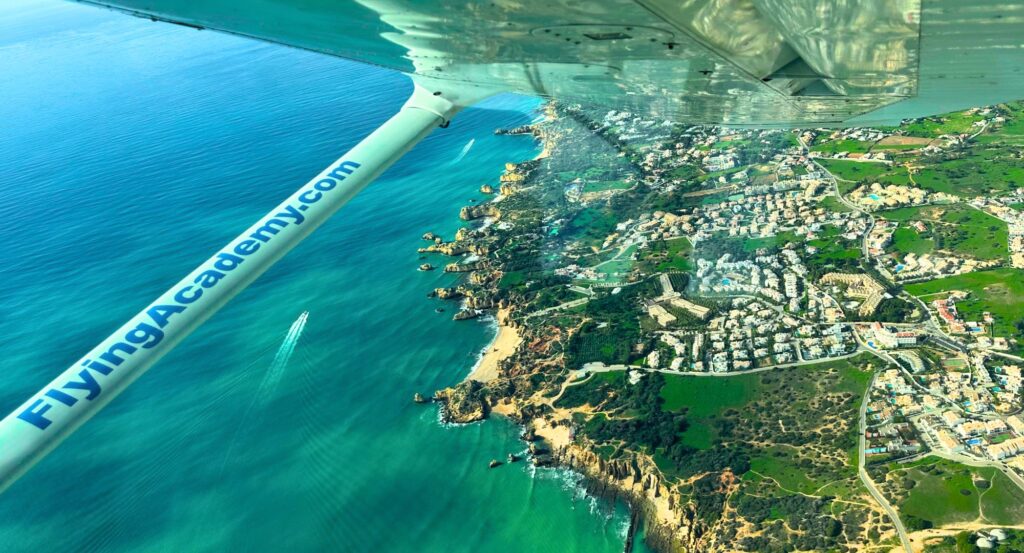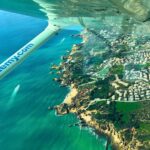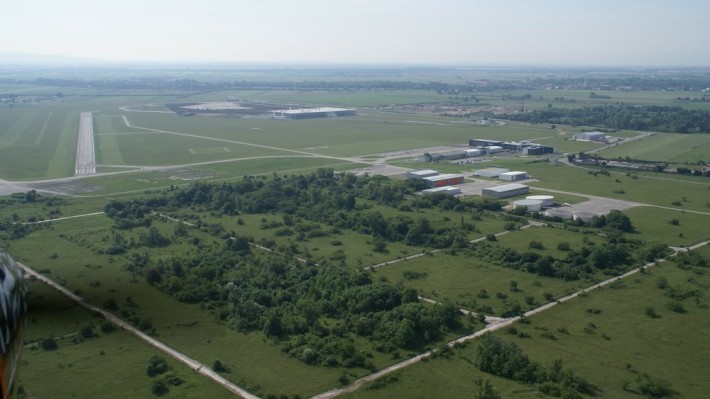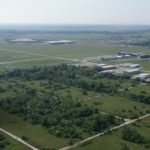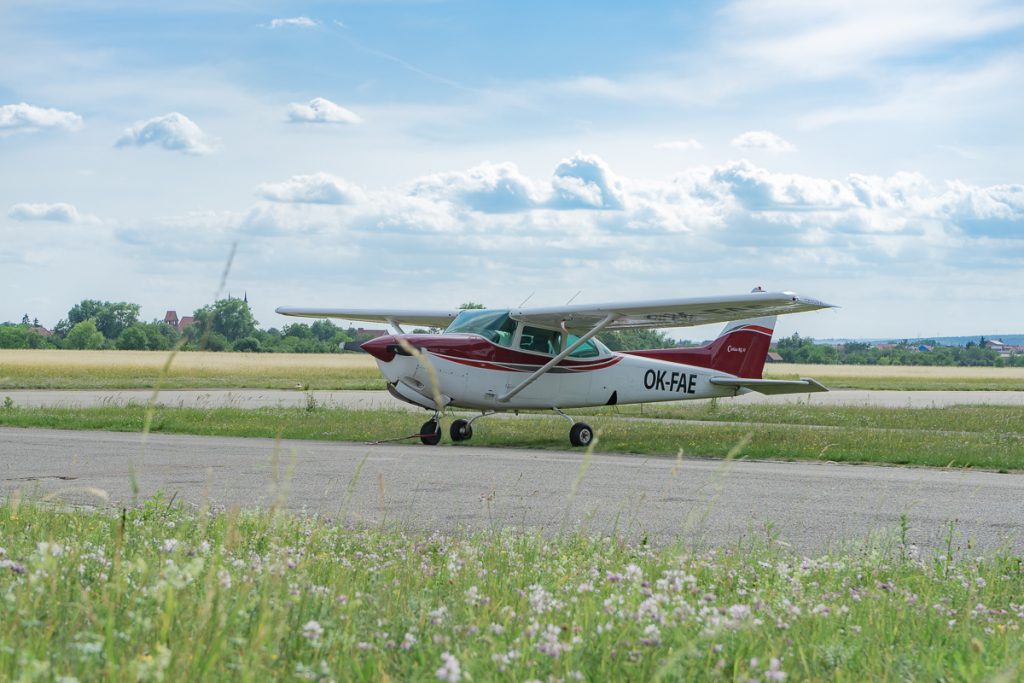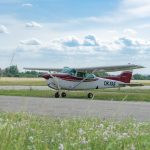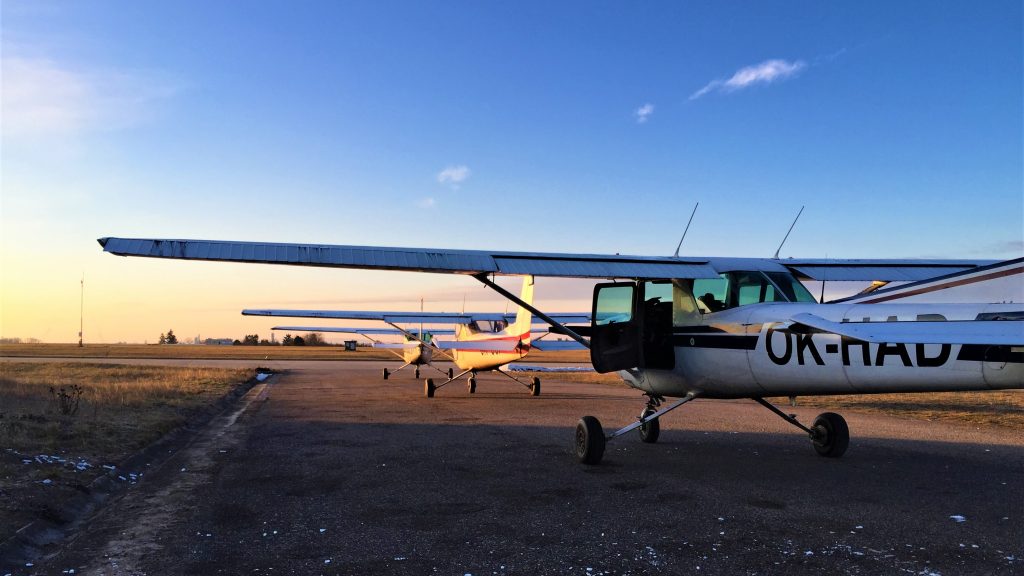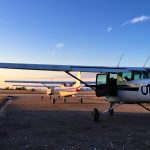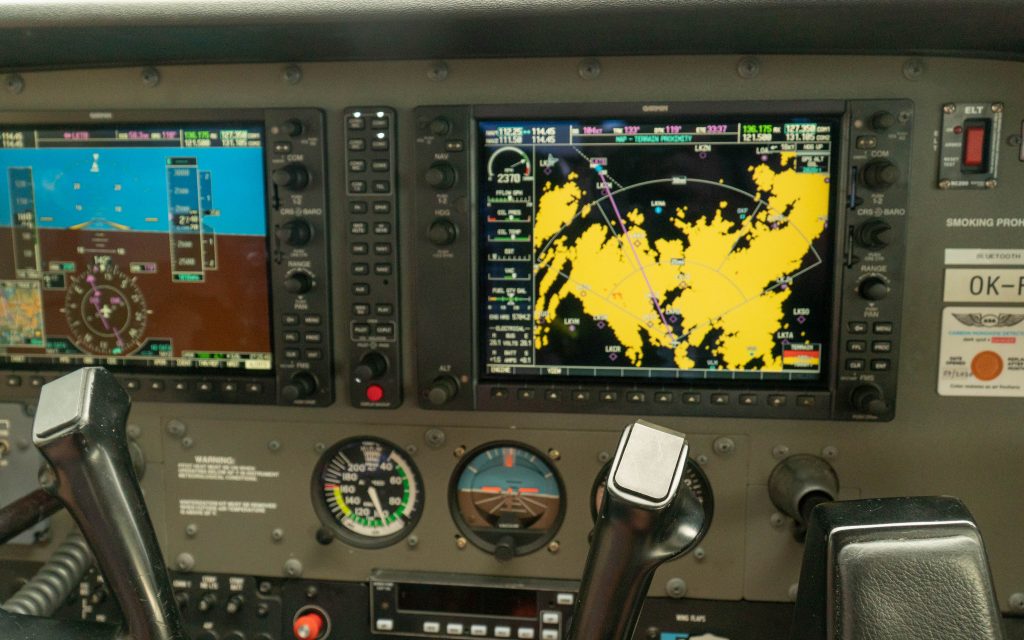Integrated ATPL with remote ground training
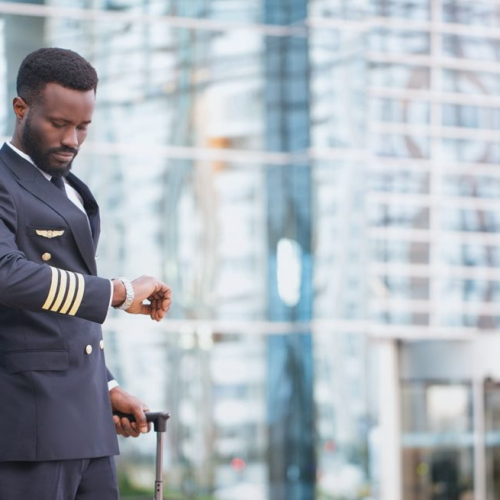
Overview Of the Integrated ATPL (A) Course
During the Integrated EASA ATPL(A), you will become a Commercial Pilot in 14 months of intensive preparation, from no flight experience to holding an EASA Multi-Engine, Instrument Rating, Commercial Pilot License with ATPL frozen, including Multi Crew Cooperation and Jet Orientation Course. The Integrated EASA ATPL is full-time study programmer with a fixed schedule conducted in a small group. Privileges of the obtained license are to act as a pilot-in-command (Captain) or co-pilot (First Officer) on aircraft engaged in commercial air transportation.
Integrated ATPL (A) Flight Training
The Integrated ATPL course is divided into 5 phases of training:
- Phase 1 _ Developing Basic Flight Skills
- Phase 2 _ Initiation to complex flying
- Phase 3 – Introduction to Commercial flying
- Phase 4 – Advanced flight skills
- Phase 5 – Advanced Upset Prevention and Recovery Training (UPRT)
- Phase 6 – Multi-Crew Cooperation Course (MCC)
At the end of the program, the trainee will have flown: 205 hours out of which 109.5 hours Dual (with FI), 116 hours under IFR, 20 hours SPIC, 50 hours on the simulator, 50 hours solo cross-country.
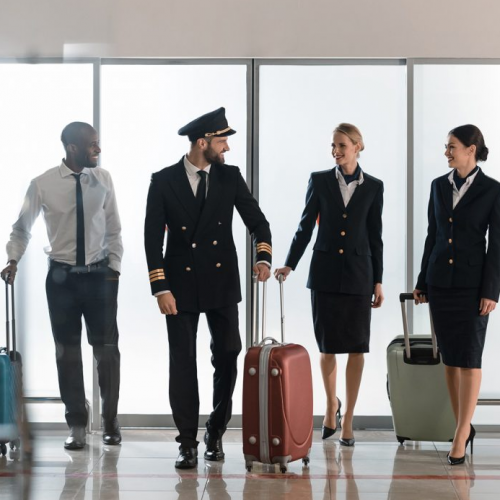
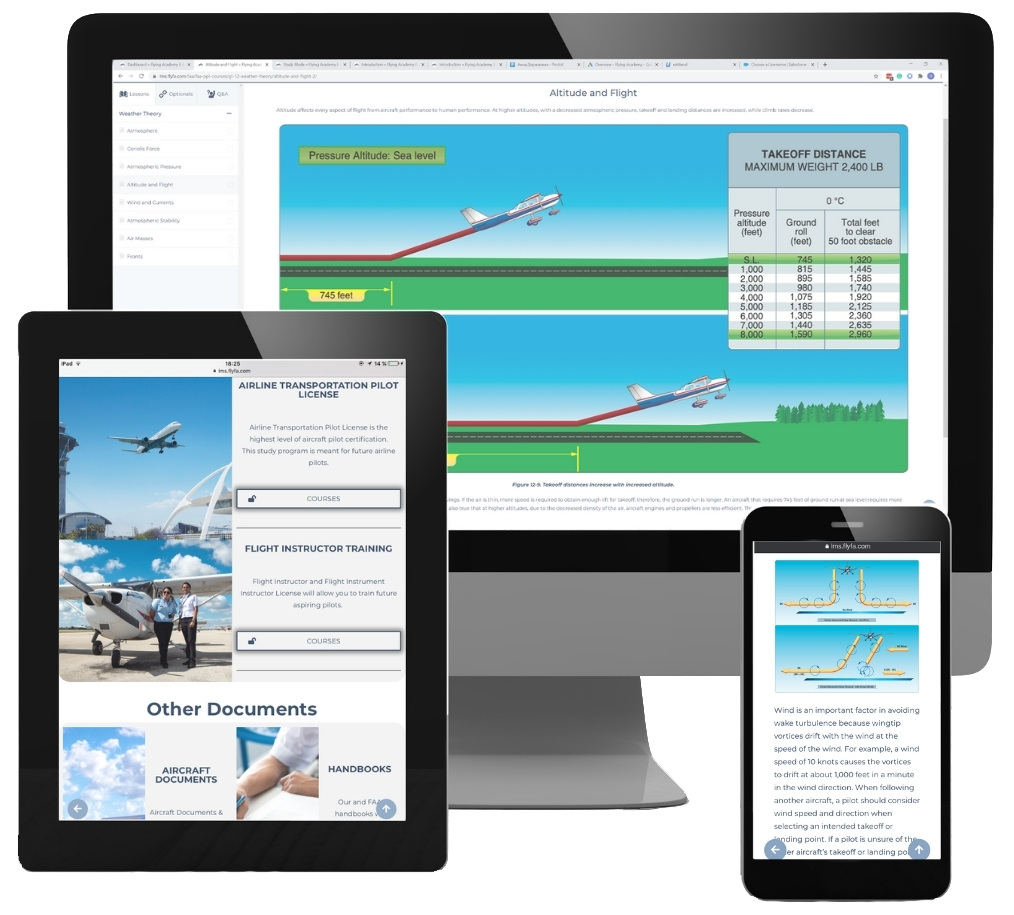
Integrated ATPL (A) Ground Training
The ground preparation consists of 750 hours of theory delivered by our professional lecturers. During the training, you will have to pass 14 ATPL theory exams to prove a sufficient level of knowledge appropriate to the privileges of the holder of an ATPL(A) in accordance with the EASA Part FCL requirements. The exams will be conducted at the Civil Aviation Authority and will be scheduled by Flying Academy.
Course Curriculum
Phase I
Phase II
Phase III
Phase IV
Phase V
Phase VI
Requirements
18 Years old minimum
The pilot must be at least 18 years of age to be able to get a Commercial Pilot License.
Hold class 1 medical certificate
You need to be physically fit for commercial flying (capable of holding EASA Pilot Medical Certificate Class 1)
To be proficient in the English language, Math, and Physics.
You need to be able to read, write, understand and speak English fluently and have basic Math & Physics knowledge.


